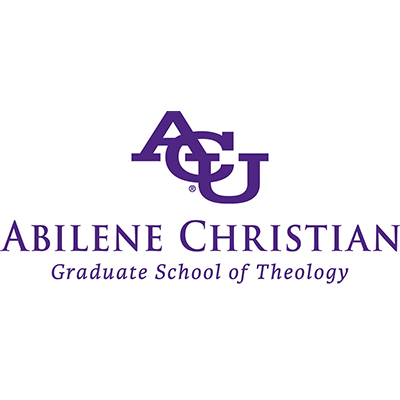Below are sermon notes from the Gospel Meeting I preached in TN this summer, the fourth of five that I will post: The Gospel of God for the People of God
Acts 13:13-52
In this series on the Gospel of God, I’ve been talking about the power of story. Stories work. [Student who in my class tells a story unrelated to the text. When questioned why he told the story, he responds, “I don’t know, but it works.” What the student failed to understand is that the story worked.] We do not need human stories to carry the weight of the Gospel. Stories do work. Often times those stories work against The Story.
Personal stories: Story enables us to get to know folk. Your sitting in a hospital waiting room and you strike up a conversation with woman sitting next to you. Where do you work? How many children do you have? You come from that hometown, do you know so and so? —We are asking questions about their story.
God has a story too. And in our text today (Vs 13-16 the Gospel of God for the People of God) a portion of God’s story is told. Without retelling the whole, Paul uses the power of allusion to rehearse the powerful stories of God. Expanding on Paul’s basic outline, hear again the story…
↓ Eternity/Fellowship–From fellowship to fellowship. In God’s being existed community. Trinity. God’s Self living as one in perfect community.
↓ Creation. Like marriage, where two who are one flesh and desire to multiply as a family, God too, out of love desired for community to become larger. God created because God desired to expand God’s love to even a larger family.
Broken Fellowship–Redemption is a means to an end. Redemption leads to Fellowship.
Therefore: Restoration
↓ Patriarchs
↓ Exile & Return
↓ Torah
↓ Judges & Kings & Prophets
↓ Exile & Return
And they wait for the promise messiah of God
↓ Incarnation
↓ Message of Jesus
↓ Ministry of Jesus
↓ Vs. 26: the people of Jerusalem and the leaders did not recognize Jesus
→ DEATH & RESURRECTION—THE CENTRAL EVENT—VS. 30: And God story reaches its zenith→Jesus. The climax of the story is found in the middle.
↑ Ascension
Between The Times—This is where we find ourselves. Jesus is still reigning at the right hand of God. And we wait “until he comes”
↑ Return
↑ Eternity/Fellowship. At this end of eternity, community is restored.
***And we are witnesses. Paul’s own story changes because he beholds the story of God and chooses to participate in it.
As reported in Aristotle’s Poetics, most stories have a beginning, a middle, and an end. Plots begin with conflict. The plot thickens through complication. The tension rises to a peak in the climax. And then the resolution comes. God’s story has a different shape. The climax of the story is in the middle. All that comes before anticipates the middle. All that comes after remembers the middle.
God’s Gospel Story culminating in the resurrection of Jesus Christ. Jesus is the culmination, the conclusion, the climax, the telos, the pinnacle of God’s Story.
- And it was well received (13:42-43). Those who heard God’s story wanted to continue in the story.
- However: God’s Gospel Story culminating in the resurrection of Jesus Christ does not always capture the imagination. The next week (13:44-48), those who heard God’s story rejected it. Israel is not replaced; Israel is divided between those who continue in God’s story and those who don’t.
Listen to the conclusion again—vs 38. It makes all the difference in the world.
Is God’s story, our story? Here in this place is God’s story our story? We can be included in God’s story or we can try to write our own script. But our own script will not get published. God’s story of redeeming fellowship from eternity to eternity can be your story too.

